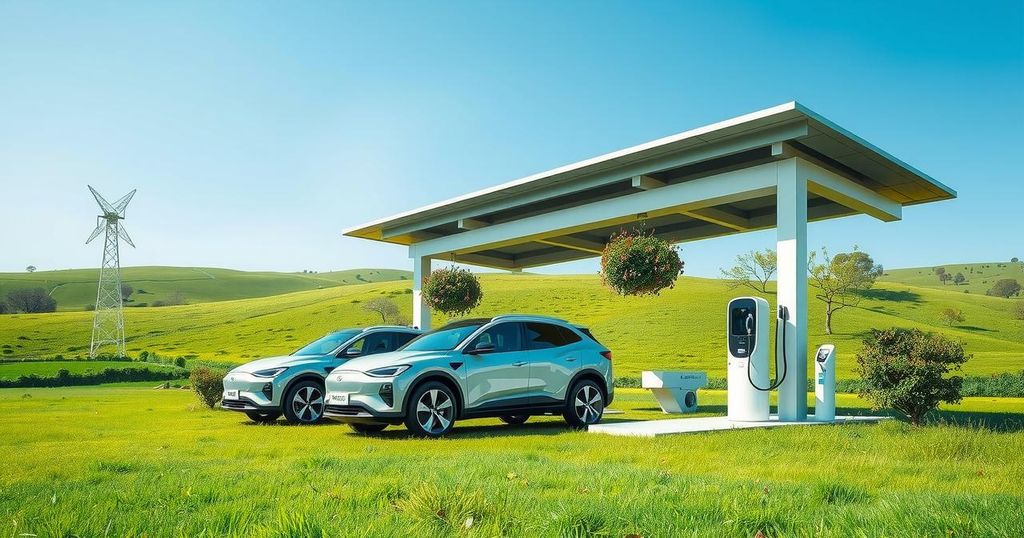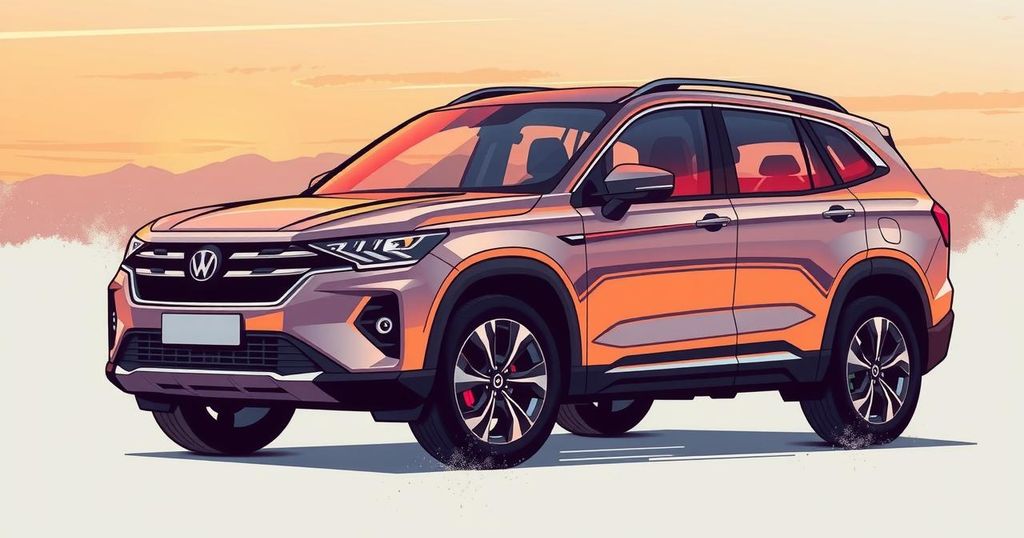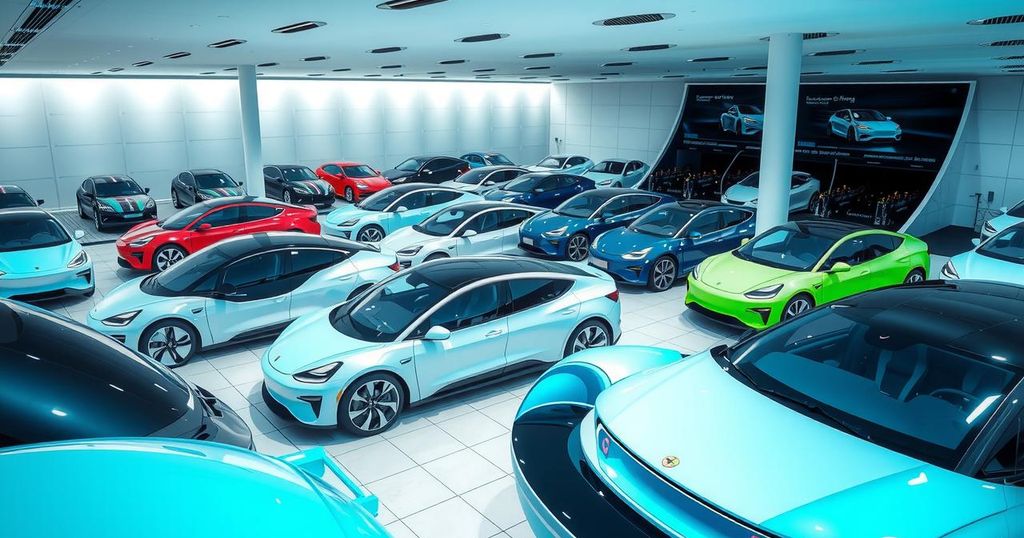Kenya’s E-Mobility Surge Amidst Global Electric Vehicle Growth
Kenya is witnessing a rapid increase in electric vehicle and motorcycle adoption, reflecting a global trend towards e-mobility driven by climate goals. The International Energy Agency reported a 25% growth in global EV sales in 2024, with China leading the charge. In Kenya, electric mobility energy consumption surged by 466%, although it still comprises only 0.03% of total energy use, with industrial consumers representing the largest electricity sector.
Kenya is experiencing a significant rise in the adoption of electric vehicles (EVs) and motorcycles, aligning with a global trend towards electric mobility motivated by climate change initiatives. Recent findings from the International Energy Agency (IEA) reveal that global EV sales increased by 25% in 2024, reaching over 17 million units, a notable rise from fewer than 14 million units in 2023.
The IEA reported that during this period, EVs represented over 20% of all car sales worldwide. China continues to be the leading market for electric vehicle sales, contributing nearly two-thirds of the total with an impressive annual growth rate of almost 40%. Emerging markets outside of China also demonstrated remarkable growth, exhibiting an 80% year-on-year increase in EV sales.
In Kenya, the Energy and Petroleum Regulatory Authority (EPRA) noted that energy consumption in the electric mobility sector surged by 466% over a six-month period ending in December 2024. According to EPRA, consumption in this sector increased from 0.32 GWh to 1.81 GWh, demonstrating a burgeoning interest in electric vehicles and motorcycles within the nation.
Despite this upward trend, electric mobility accounted for only 0.03% of Kenya’s total energy consumption. Additionally, the report indicates that industrial consumers remain the most significant users of electricity, consuming 2,807.10 GWh or 51.18% of total energy use, reflecting heightened industrial activity compared to the previous year.
Domestic consumers ranked second in energy usage, totaling 1,728.19 GWh, while small commercial enterprises accounted for 902.94 GWh of total electricity consumption. Conversely, street lighting usage saw a decline, dropping to 44.48 GWh, which represents only 0.81% of total energy consumption in Kenya.
In conclusion, Kenya’s embrace of e-mobility parallels a significant global uplift in electric vehicle sales. Although representing a minimal fraction of total energy consumption, the remarkable surge in electric mobility indicates burgeoning market interest. However, industrial and domestic consumers continue to dominate energy usage patterns in the country, showcasing a diverse energy consumption landscape as Kenya navigates its energy future.
Original Source: eastleighvoice.co.ke




Post Comment